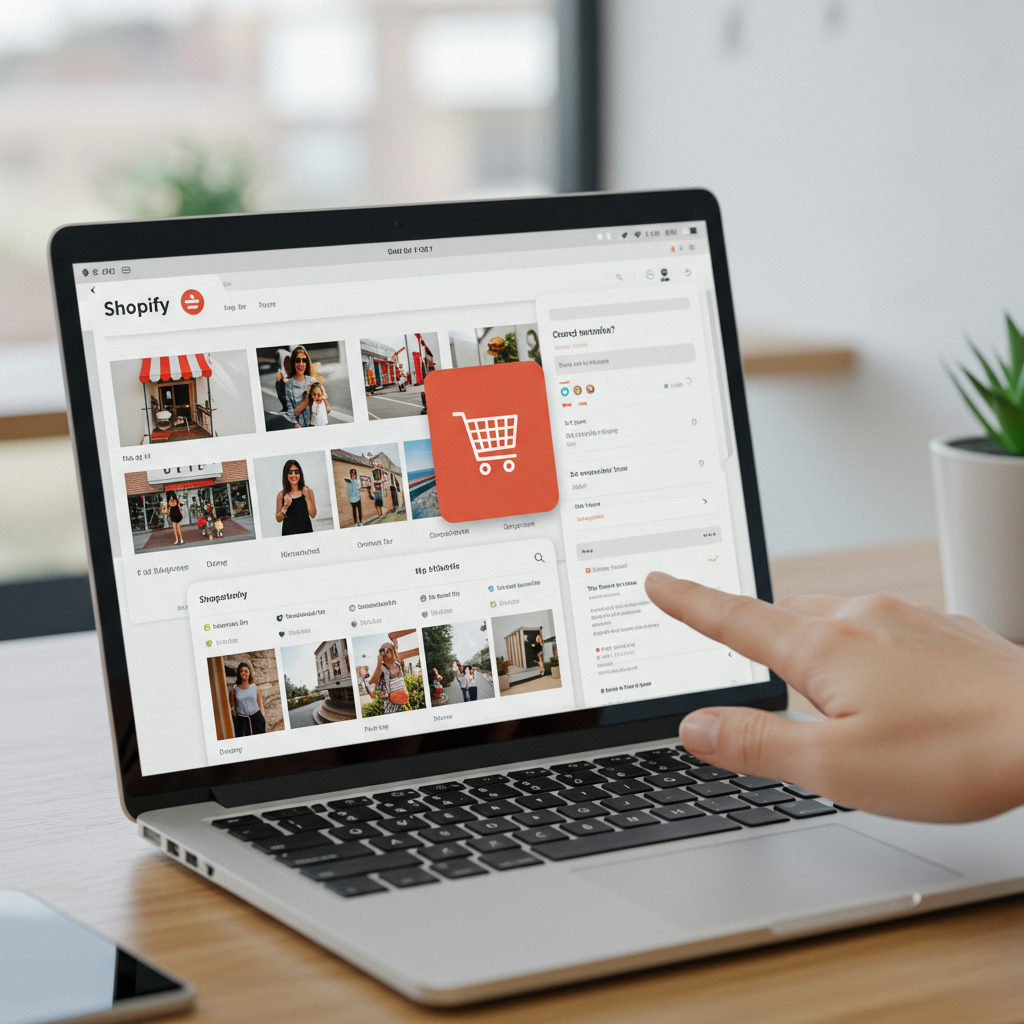Accelerate Your Journey from Launch to Consistent Sales on Shopify
Hello fellow entrepreneurs! I remember the excitement, and perhaps a little overwhelm, when I first launched my Shopify store. It’s a fantastic platform, but getting noticed and making those initial sales can feel like climbing a mountain.
That’s why I’ve put together this guide, sharing some of the most effective growth hacks I’ve learned and applied over the years, specifically tailored for new Shopify sellers like you. My goal is to help you accelerate your journey from launch to consistent sales.
First and foremost, let’s talk about **Niche Validation and Product Selection**. Before you even think about marketing, are you sure there’s a demand for what you’re selling? I always advise new sellers to deeply research their niche.
Don’t just pick a product because it looks cool. Use tools like Google Trends, Amazon Best Sellers, or even Etsy to see what’s popular and what people are actively searching for. A validated niche makes everything else so much easier.
Once you have your products, your **Store Presentation** is paramount. Your Shopify store is your digital storefront, and first impressions truly matter. I’ve seen too many new sellers rush this step.
Invest time in choosing a clean, professional theme. Shopify offers many excellent free themes that are perfectly adequate to start. Focus on clear navigation, a consistent brand aesthetic, and mobile responsiveness.
Next, let’s talk about **High-Quality Product Photography and Descriptions**. This is where many new sellers fall short, and it’s a critical area for conversion. I cannot stress this enough: good photos sell products.
If you can’t afford professional photography right away, use your smartphone and natural light. Ensure your images are well-lit, in focus, and show the product from multiple angles. Lifestyle shots are also incredibly effective.
Your product descriptions aren’t just about listing features; they’re about telling a story and highlighting benefits. I always write descriptions that address potential customer pain points and explain how my product solves them.
Think about the emotional connection. What problem does your product solve? How will it make your customer’s life better? Use compelling language and clear calls to action.
Now, onto **Search Engine Optimization (SEO) Basics**. Getting found organically is a long-term strategy, but it’s incredibly powerful. I always start with basic keyword research.
Identify keywords your target audience might use to find your products. Use these keywords naturally in your product titles, descriptions, collection pages, and blog posts.
Don’t forget to optimize your image alt text and meta descriptions. These small steps add up and tell search engines what your pages are about, improving your visibility over time.
**Email Marketing** is one of the highest ROI channels available to you. I always prioritize building an email list from day one. Set up a simple pop-up or embedded form on your site.
Your first automated email sequence should include a welcome series for new subscribers, perhaps offering a small discount. This builds rapport and encourages that first purchase.
Crucially, set up an **Abandoned Cart Recovery** email sequence. A significant percentage of shoppers abandon their carts. I’ve seen these emails recover a substantial amount of otherwise lost sales.
A gentle reminder, maybe with a small incentive, can often bring them back to complete their purchase. This is low-hanging fruit for new sellers.
**Social Media Marketing** is essential for brand building and direct engagement. I recommend focusing on one or two platforms where your target audience spends most of their time, rather than trying to be everywhere.
Share engaging content, behind-the-scenes glimpses, customer testimonials, and product showcases. Use relevant hashtags to increase discoverability. Consistency is key here.
Consider running small, targeted paid ad campaigns on platforms like Facebook or Instagram once you have a clearer understanding of your audience. Start small, test, and scale what works.
**Exceptional Customer Service** isn’t just a nice-to-have; it’s a growth hack in itself. I’ve found that happy customers become repeat customers and powerful brand advocates.
Respond promptly to inquiries, be transparent about shipping and returns, and go the extra mile when possible. Word-of-mouth marketing is incredibly powerful for new businesses.
Don’t overlook the power of **Reviews and Testimonials**. Actively encourage your customers to leave reviews after they’ve received their products. I use automated email sequences for this.
Displaying positive reviews prominently on your product pages and homepage builds trust and social proof, which is vital for converting new visitors into buyers.
Finally, **Leverage Shopify Apps**. The Shopify App Store is a treasure trove of tools that can automate tasks, improve marketing, and enhance customer experience. I always explore apps for things like upsells, cross-sells, loyalty programs, and advanced analytics.
Start with essential apps, but don’t get overwhelmed. Many offer free trials, allowing you to test their value before committing.
Remember, growth takes time and consistent effort. I encourage you to be patient, analyze your data regularly, and be willing to adapt your strategies based on what you learn.
What do you think about this article? I’d love to hear your thoughts and any growth hacks you’ve found particularly effective for your own Shopify store.
I truly believe that by implementing these strategies, you’ll be well on your way to building a thriving Shopify business. Good luck on your journey!






